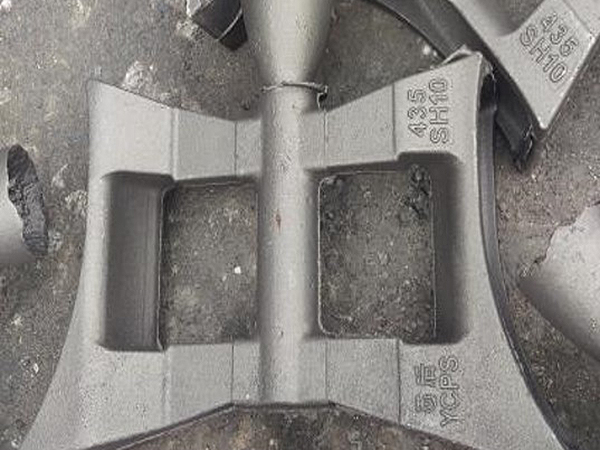Understanding Sand Casting Tolerances
Sand casting is a versatile and widely used metalworking process that involves pouring molten metal into a sand mold to create various components and products. One of the critical aspects of sand casting that engineers and manufacturers must consider is the tolerances associated with the process. Tolerances refer to the allowable variations in a part’s dimensions, which are vital for ensuring that the final product fits and functions as intended.
Understanding Sand Casting Tolerances
Several factors influence the tolerances in sand casting. First and foremost is the quality of the sand mold. High-quality sand, along with optimal binder mixtures, can help maintain the mold's shape and minimize shrinkage as the metal cools. The type of metal used also plays a significant role; for instance, different alloys have varying rates of thermal expansion and contraction, which can affect dimensional stability. Additionally, the pouring temperature of the molten metal can influence the casting's accuracy, as cooler temperatures may lead to premature solidification and increased distortion.
sand casting tolerances

Another factor to consider is the machining process that follows sand casting. After the initial casting, many components require secondary machining to achieve the desired tolerances. This process, which includes milling, grinding, and drilling, can help rectify dimensional inaccuracies inherent to the casting process. However, relying heavily on machining can increase production costs and lead times, emphasizing the need for a well-designed casting process.
To mitigate tolerance challenges, manufacturers often employ techniques such as pattern making and mold design optimization. Using advanced computer-aided design (CAD) software allows for precise pattern creation, where engineers can simulate the casting process and make necessary adjustments before actual production. Additionally, utilizing 3D printing technology for creating molds has emerged as a valuable innovation, allowing for greater design flexibility and improved precision.
In conclusion, understanding sand casting tolerances is crucial for manufacturers aiming to produce high-quality components. By controlling factors such as sand quality, metal selection, pouring temperature, and post-casting machining, it is possible to achieve the desired tolerances that meet the specific requirements of various industries. As technology advances, the ability to produce castings with improved precision and consistency will continue to enhance the versatility and applications of sand casting.
Post time:Sult . 05, 2024 06:48
Next:Different Types of Foundry Sand | Comprehensive Guide
